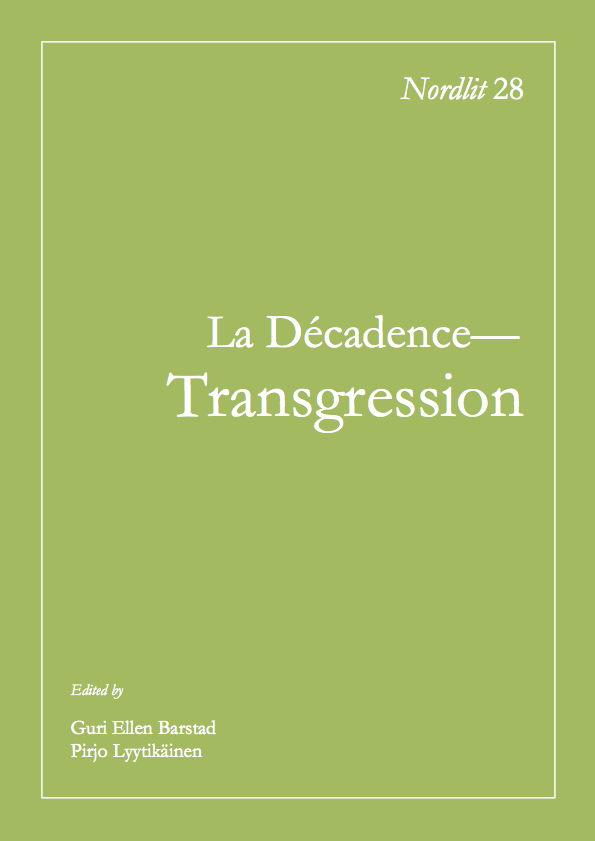Transgression, Nostalgia, Order: Representation of the Primitive in Émile Zola's La Terre and Knut Hamsun's Markens grøde
DOI:
https://doi.org/10.7557/13.2282Keywords:
primitivism, naturalism, decadence, transgression, Émile Zola, Knut Hamsun, peasant novelAbstract
This article examines the representation of the primitive in two peasant novels, Émile Zola's La Terre (1887, trans. as The Earth) and Knut Hamsun's Markens grøde (1917, trans. as Growth of the Soil). The concept of the primitive crosses a wide range of issues that were central to naturalist and decadent literature at the turn of the twentieth century, from unconscious instincts to the fascination with exotic cultures. It thus offers a fruitful medium for the comparative reading of French and Nordic fiction of the era. I especially focus on analysing the diverse, representative practices of Zola's and Hamsun's works, which betray stylistic differences in their portrayal of the primitive. I suggest that by describing the primitive as a vital, transgressive force that even turns against itself - against nature - Zola's La Terre creates a decadent version of the primitive, which, instead of a "serious", naturalistic portrayal of everyday life, is drawn to the brutal, instinctive primitive and uses the primitive to create vital forces of transgression. Hamsun's neo-naturalist novel, in turn, reconfigures the naturalist themes in a new form and envisions a fusion of the Darwinian, naturalistic primitive and the Romantic cult of innocent primordiality, suggesting the primitive lifestyle as a nostalgic return to a pre-modern lifestyle and a turn away from the degeneration of modernity.









